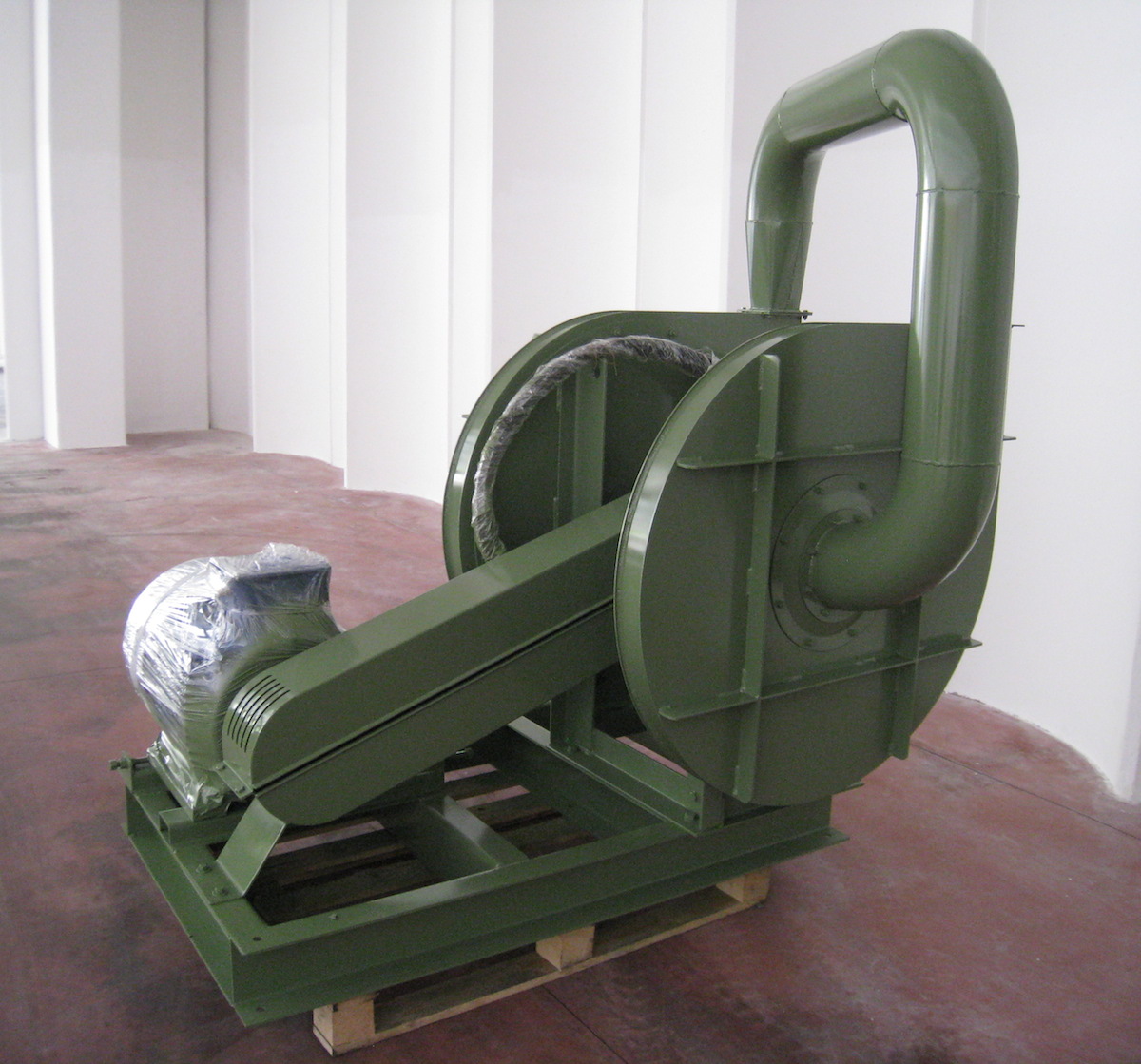 In post “Industrial Fans explained to the laymen/ non insiders”, we have provided a very simplified description of the industrial fans, and we have added an essential classification too. In this post we want to provide a more technical explanation, defining the industrial fans with more specialized terms and classifying them accordingly.
In post “Industrial Fans explained to the laymen/ non insiders”, we have provided a very simplified description of the industrial fans, and we have added an essential classification too. In this post we want to provide a more technical explanation, defining the industrial fans with more specialized terms and classifying them accordingly.
In this situation, we can define the industrial fan (hereinafter: fan) as a turbomachine that receives mechanical energy and then uses it, thanks to a bladed impeller, in order to maintain a continuous flow of air or other gas passing through it, providing a work per unit mass that is not greater than 25 kJ / kg (UNI EN ISO 13349).
There are several ways of classifying industrial fans:
Classification based on the performance of the flow in the impeller:
- Centrifugal fans: in these fans the fluid enters the impeller with axial direction and leaves it in a direction perpendicular to the axis. The double stage is a particular configuration of the centrifugal fans (see the image in evidence) in which two impellers and therefore two different stages of compression are used;
- Axial fans: in these fans the air enters and exits the impeller along surfaces that are cylindrical and coaxial with the same fan.
Classification based on the drive system:
- Belt driven Fan
- Direct driven Fan (directly coupled with the electric motor)
- A particular system is the system with the coupling joint; it typically consists of a female plus a male part. The female part is installed with a plug to the bearing block, differently the male one is installed to the shaft of the electric motor.
Classification based on the maximum pressure delivered:
- Fans with low pressure (maximum pressure delivered: about 300 mmCA)
- Fans with medium pressure (maximum pressure delivered: about 600/700 mmCA)
- Fans with high pressure (maximum pressure delivered: about 2500 mmCA)

 Industrial fans are machines whose rotating blades are driven by an electrical motor (hence the name “electric fan”). The primary functions of these fans are to provide a continuous large flow of gas, such as clean air or dusty air, and to transport particulate floating in a gas flow, such as wood chips.
Industrial fans are machines whose rotating blades are driven by an electrical motor (hence the name “electric fan”). The primary functions of these fans are to provide a continuous large flow of gas, such as clean air or dusty air, and to transport particulate floating in a gas flow, such as wood chips.